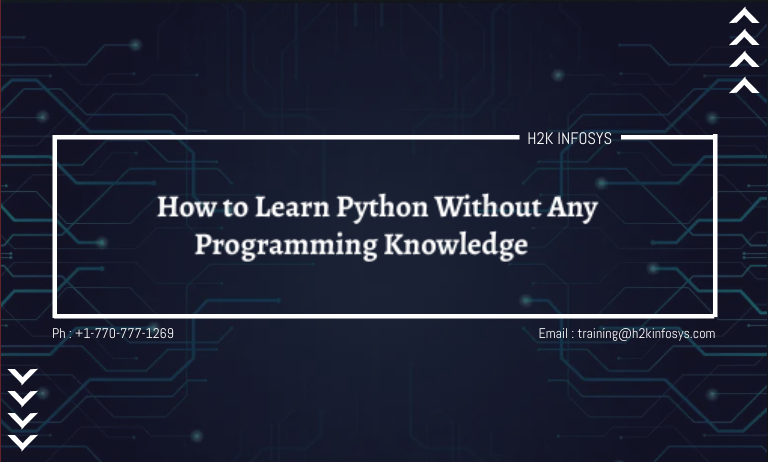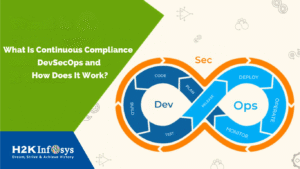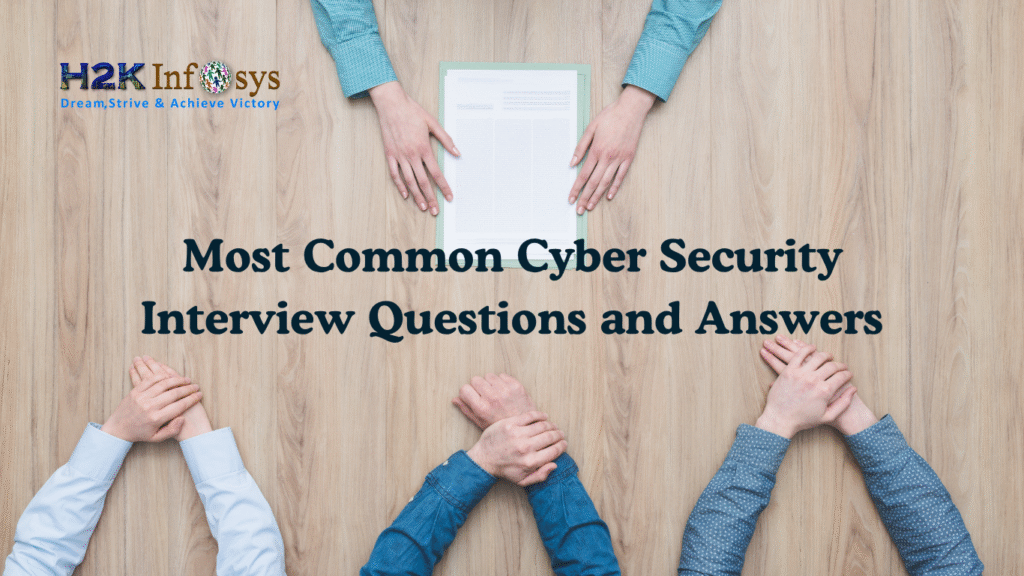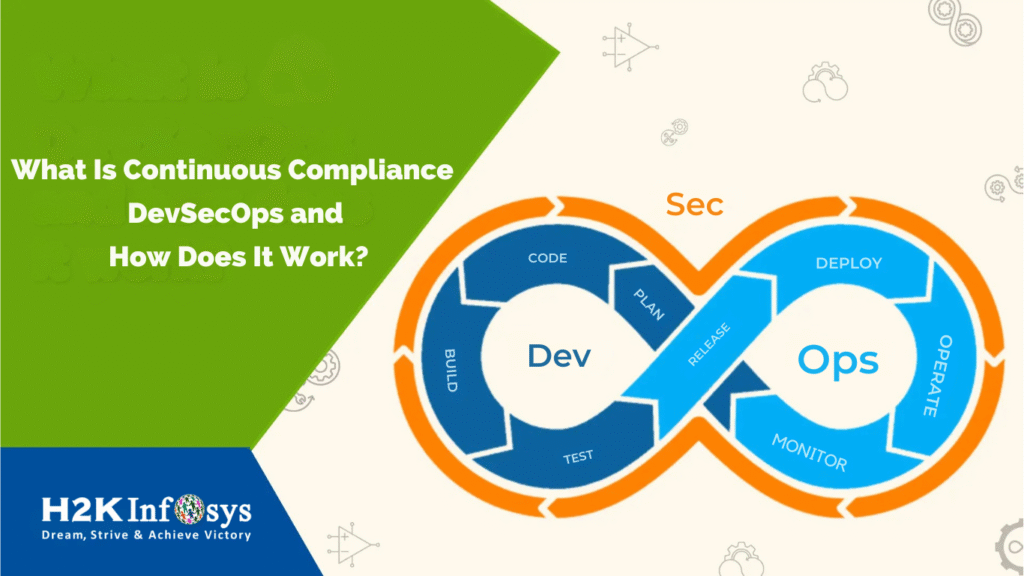Can you learn Python without any prior programming knowledge? Absolutely!
Many beginners hesitate to start learning Python, fearing they need a background in coding. The truth is, Python is one of the most beginner-friendly programming languages in the world. Whether you’re a student, a professional switching careers, or simply curious about coding, Python opens the door to endless opportunities. With the right approach and support, like a structured Python programming training course, anyone can master it.
In this comprehensive guide, we’ll walk you through how to Learn Python step-by-step from scratch, even if you’ve never written a single line of code. By the end, you’ll not only understand Python basics but also gain the confidence to start your first Python project.
Why Python Is the Best Programming Language for Beginners
Before diving into the steps, it’s important to understand why Python is the perfect language for non-programmers:
- Simple Syntax: Python reads like English, making it easier to understand and write.
- Versatile Applications: Python is used in web development, data analysis, automation, machine learning, and more.
- Huge Community: You’ll find tons of support and resources from fellow learners and professionals.
- Career Demand: According to various industry surveys, Python continues to rank among the most in-demand programming skills.
If you’re enrolled in a Python online course with certificate, you get the added advantage of guided learning and job-oriented training.

Step 1: Start with the Basics – Understand What Python Is
To Learn Python, you should begin by understanding what Python is and how it works. Python is an interpreted, high-level programming language that supports object-oriented and procedural programming.
Here are a few fundamental concepts to start with:
- Variables and Data Types
Understand how Python handles integers, strings, floats, and booleans.
pythonname = "John"
age = 25
is_student = True
- Print Statements
Your first line of code!
pythonprint("Hello, world!")
- Comments
Python uses#for single-line comments.
pythonCopyEdit# This is a comment
Learning these basics is easy when you’re following the best Python programming course online that offers structured lessons.
Step 2: Learn Through Hands-On Practice
Theory is important, but practice is essential. Here’s how to practice effectively as a beginner:
- Write Code Daily: The best way to Learn Python is to write code every day, even if it’s just 15–20 minutes.
- Use the Python Shell or IDE: Write and test code using tools like IDLE or VSCode.
- Try Mini Projects: Start with simple tasks like a calculator, to-do list, or quiz game.
Here’s a sample task:
python# A simple program to add two numbers
a = 10
b = 5
sum = a + b
print("The sum is:", sum)
Even small achievements like this help boost your confidence.
Step 3: Understand Control Flow
Control flow refers to the order in which your code is executed. It includes:
- Conditional Statements:
pythonif age > 18:
print("You are an adult.")
else:
print("You are a minor.")
- Loops:
pythonfor i in range(5):
print("Iteration:", i)
These structures allow your code to make decisions and repeat actions.
Step 4: Explore Functions and Modules
Functions help organize your code into reusable blocks. Once you understand basic logic, you can begin to write your own functions.
pythondef greet(name):
print("Hello", name)
greet("Alice")
Modules like math, random, and datetime Add powerful features. When you Learn Python with H2K Infosys, you’ll explore these and more through real-world exercises.
Step 5: Get Comfortable with Data Structures
Python provides built-in data structures that are critical to most applications:
- Lists:
pythonfruits = ["apple", "banana", "cherry"]
print(fruits[1]) # Output: banana
- Dictionaries:
pythonperson = {"name": "John", "age": 30}
print(person["name"]) # Output: John
Learning these will enable you to manage and analyze data efficiently.
Step 6: Work on Real-World Use Cases
Once you know the basics, put your skills to work:
- Automate Tasks: Write Python scripts to automate daily tasks like renaming files or sending emails.
- Analyze Data: Learn how Python is used in data analysis using libraries like
pandasmatplotlib. - Web Development: Create simple web apps with
Flask.
These practical applications are part of every Python programming training course at H2K Infosys, ensuring you not only understand the theory but also apply it in real-time.
Step 7: Learn Python with a Guided Online Course
While self-learning is an option, beginners benefit immensely from a structured program. Enroll in a Python online course with certificate that offers:
- A beginner-friendly curriculum
- Hands-on assignments
- Quizzes and practice tests
- Real-world projects
- Certificate upon completion
This is why many students choose the best Python programming course online, it simplifies the learning journey and prepares you for job-ready roles.
Step 8: Join Python Learning Communities
When you’re learning something new, community support matters.
- Ask Questions: Don’t be afraid to ask. Even the best programmers started as beginners.
- Discuss Projects: Share your work, learn from others, and get feedback.
- Stay Updated: Python evolves. Engage with blogs, webinars, and tech groups.
At H2K Infosys, our community of learners and instructors provides continued support throughout your journey.
Step 9: Practice with Python Interview Questions
Once you’re confident with the basics and have completed projects, it’s time to test your knowledge.
Common beginner-level interview questions include:
- What is the difference between a list and a tuple?
- How do you handle exceptions in Python?
- What are Python’s key data types?
Preparing for interviews while you Learn Python boosts your confidence and sets you up for career success.
Step 10: Keep Learning and Growing
Python is just the beginning. As you grow, you’ll explore advanced topics like:
- Object-Oriented Programming
- File I/O
- APIs
- Web scraping
- Machine learning and AI
All these topics can be easily mastered once you have a strong Python foundation.
Summary of Steps to Learn Python Without a Programming Background
| Step | What to Do |
|---|---|
| 1 | Understand Python Basics |
| 2 | Practice Coding Regularly |
| 3 | Learn Control Flow |
| 4 | Use Functions and Modules |
| 5 | Master Data Structures |
| 6 | Apply Skills in Real Projects |
| 7 | Join a Structured Python Course |
| 8 | Be Part of a Learning Community |
| 9 | Prepare with Interview Questions |
| 10 | Advance to More Complex Projects |
Conclusion
It’s not only possible to Learn Python without prior programming knowledge, it’s easier than you think. Python’s simplicity, combined with structured learning and practical application, makes it the ideal starting point.
At H2K Infosys, we help beginners Learn Python through real-time training, hands-on projects, and career-focused guidance. Enroll today in our Python programming training course and unlock new professional opportunities.
Ready to get started? Join H2K Infosys’ Python training program today to Learn Python hands-on and build a tech career with no prior experience needed!
Enroll now and earn your certificate with confidence.

























